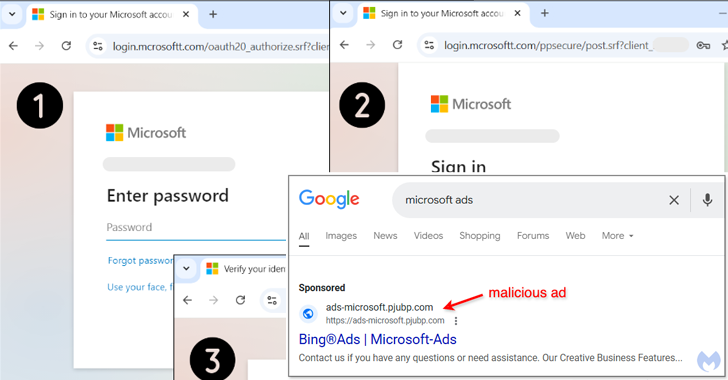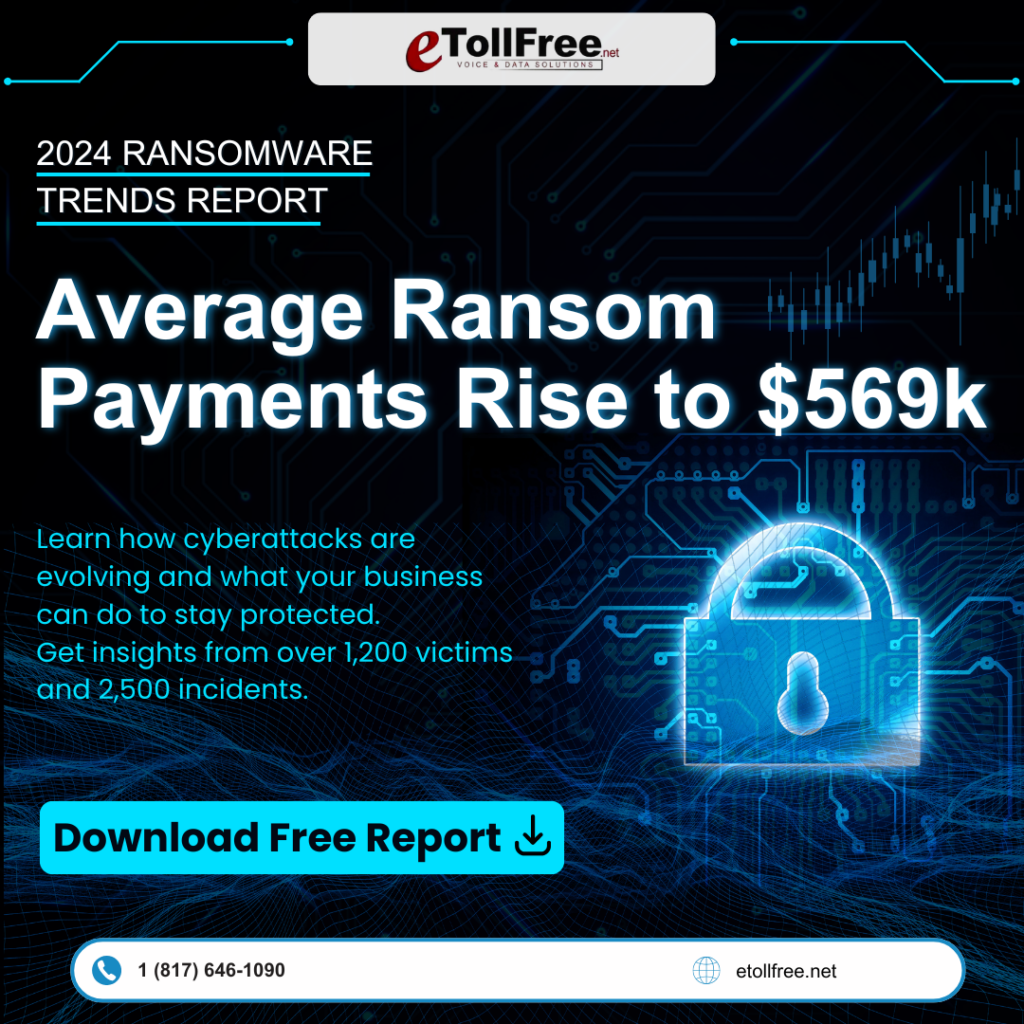Scammers Use Fake Google Ads to Hack Microsoft Ad Accounts
In today’s digital world, where everything from your shopping list to business operations happens online, it seems like scammers are always finding sneaky new ways to trick us. Recently, a disturbing trend has emerged: some cybercriminals are using fake Google ads targeting Microsoft accounts. These ads look compelling but lead you down a rabbit hole of deception, aiming to swipe your login details and make your life a whole lot more complicated.
The Crafty Fake Ads Trick
Picture this. You’re enjoying your morning coffee, scrolling through the internet, just minding your own business. Maybe you’re looking for some software updates or tools to boost your workflow. Suddenly, an ad catches your eye. It looks genuine and directs you to what you think is a Microsoft site. Little do you realize, these are fake Google ads targeting Microsoft accounts. They lead you to websites that look exactly like the real thing. Before you know it, you’ve unwittingly handed over your login information, maybe even those critical two-factor authentication codes.
Hiding in Plain Sight
Scammers are no longer the random lottery-winning email senders they once were. They’re strategic, using tech tricks to hide from detection. One common strategy? Redirection. When you click the link, they redirect your visit through several other sites to cover their tracks. They’ve even gotten into testing whether visitors are real by making them solve puzzles before accessing the fake site. This step adds just enough credibility in the visitor’s mind to convince them it’s legit.
Phishing Websites: Not Your Average Gag
If you find yourself on one of these counterfeit sites, you might notice a humorous video upfront. That’s just a magician’s flourish to distract you. The real magic — or in this case, the scam — happens afterward when they try to snag your personal details. These websites mirror Microsoft’s ad pages so closely they’re almost indistinguishable, except they don’t care much for keeping your information private.
The Ongoing Battle
Unfortunately, these scams are not a one-off occurrence. They’re part of a long-standing battle between cybercriminals and the rest of us trying to stay secure online. It’s not just Microsoft under siege; platforms like Facebook are also popular targets. This isn’t an isolated incident but part of a widespread attempt to exploit any loophole available in major digital infrastructures.
Local Targets and Google’s Response
Many of these fraud sites seem to have a local flavor, with web addresses like “.com.br,” suggesting a focus on regions like Brazil. Wherever the bait is laid, Google is attempting to fight back. Their security teams work tirelessly to snuff out such fake ads. They’re quick to react when brought to their attention, removing them to protect users like you and me. But it’s like playing whack-a-mole; there’s always another scam around the corner.
Text Message Scams: A New Contender
Meanwhile, in another corner of the internet, new scams are emerging via text messages. They masquerade as the postal service with a phony message about a delivery issue. Clicking the link leads you to a web form where you’re asked for personal information and even credit card details. It’s all part of a bigger scam, showcasing just how organized these operations have become.
Tricky Tactics and Organized Scams
These are not isolated acts of chance. Advanced tactics are at play. Scammers exploit vulnerabilities in apps that many of us use daily. Their goal is to sneak past any security measures with an elaborate plan that involves layered deception and well-coordinated timing. Each fake ad, every phishing message, fits into a grander scheme aimed at getting past your defenses and into your business’s vital secrets.
Conclusion: Staying Ahead of the Hackers
In these times, being aware and vigilant online is as necessary as locking your doors at night. Whether it’s spotting suspicious fake Google ads targeting Microsoft accounts or sidestepping bogus package delivery texts, it’s about being like Max from our story—an everyday hero with growing internet smarts. Make sure to double-check URLs for typos, keep your phone and apps up-to-date, and use safeguards like two-factor authentication. Remember, anyone can become an internet ninja with just a little practice, staying one step ahead of scammers and keeping your peace of mind intact.










